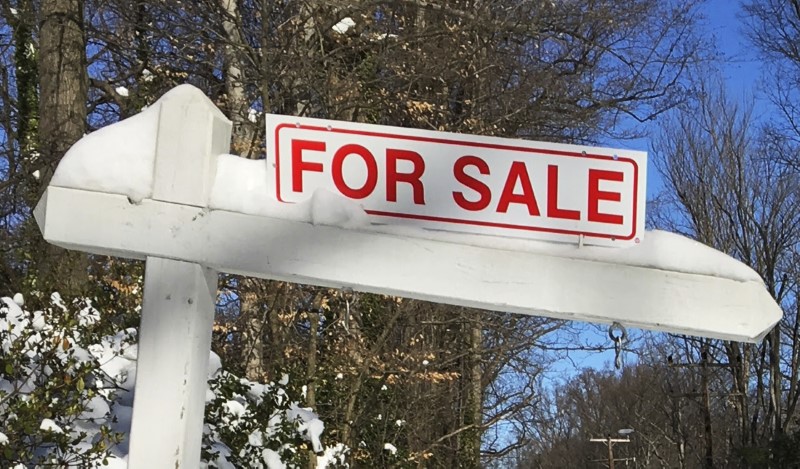This post was originally published on this site
https://i-invdn-com.akamaized.net/news/LYNXMPED1L0XB_M.jpg
Since they have different duration profiles — and different levels of risk — the 3.5% historically trades at a price above the 3%. On March 16, the Federal Reserve started buying agency MBS again at the fastest pace in its history, with a concentration on the lower-coupon mortgage bonds. Thus, the equalization of the two coupons’ prices.
“It’s all the Fed, they have created some anomalies and dislocations in the coupon stack,” Kevin Jackson, a managing director on the mortgage trading desk at Wells Fargo (NYSE:WFC) & Co. said in an interview.
Since this latest round of QE began, the Fed has purchased just under $568 billion in agency MBS, with the UMBS 3% and 3.5% coupons making up 24% and 11%, respectively, of that total, according to data from the New York Fed.
Over the past six trading sessions, the Fed has leaned even more into the lower coupons, with the 3% and 3.5% coupons making up 38% and 6% of total purchases, respectively.
“Technically, the Fed has created such a strong bid for the 3 percent coupon that the fundamentals are basically irrelevant,” Jackson said.
This tsunami of buying have had an effect on prices. The 3% and 3.5% coupons have rocketed to 105-12+/32 from 101-24+/32 and 102-29/32 on March 13, respectively, according to data compiled by Bloomberg.
Yet, while the 3% has risen from 104-19+/32 since March 24, the 3.5% hit its high of 105-12+/32 on that day, and has moved sideways ever since. “There is a natural ceiling to MBS prices,” said Walt Schmidt, head of mortgage strategies at FHN Financial in Chicago.
This focus on the lower coupons by the Fed is understandable. During the 1Q, the 3% coupon saw net issuance of $104 billion while the 3.5% saw a net reduction of $38 billion, according to Wells Fargo data.
©2020 Bloomberg L.P.

